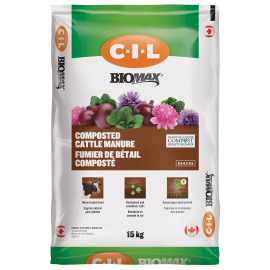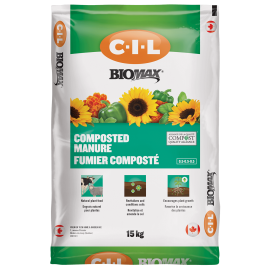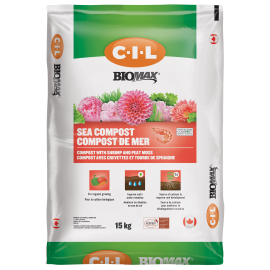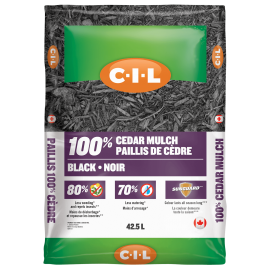10 most Common Plant Pests
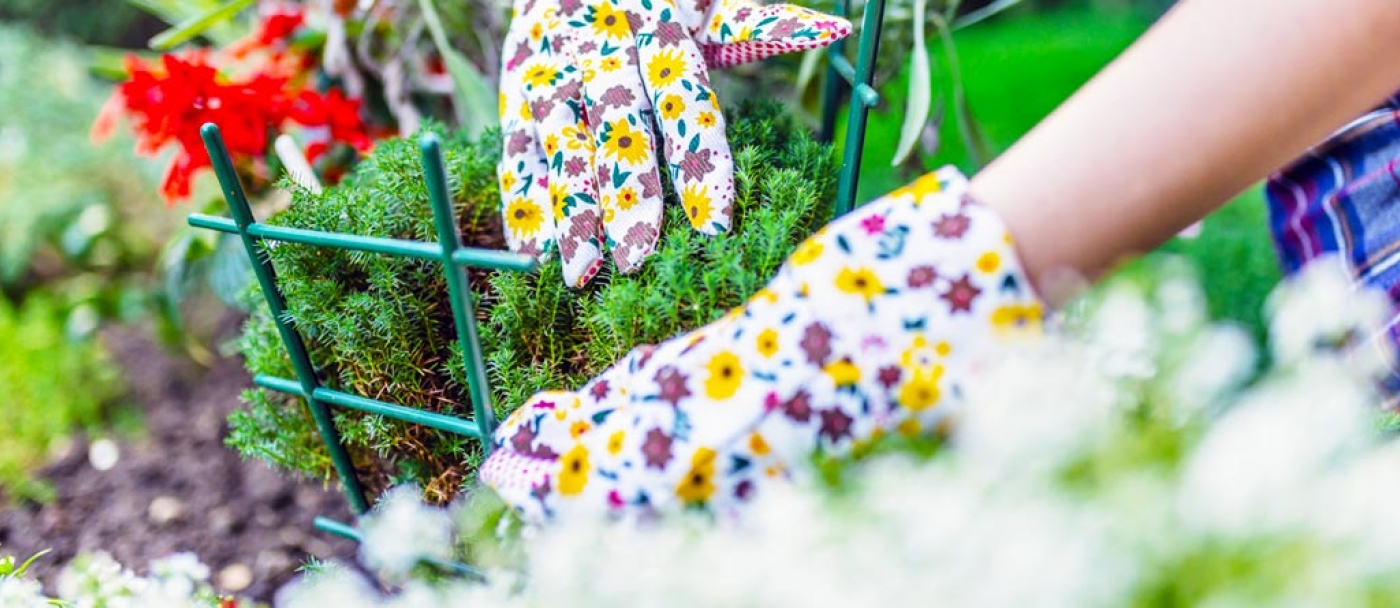
Healthy plants are able to tolerate a few pests, but if too many bugs decide to take up residence on your plants, most are easily controlled with simple, safe solutions. The first step is to know exactly what pests you’re dealing with.
If your plants fall victim to pests, avoid chemicals as much as possible. Insecticides aren’t only unhealthy, but they also kill beneficial insects that keep pests in control. Be sure to keep your garden clean and free of debris where pests can hide.
Here are 10 of the most common plant pests, and how you can keep them in check.
1. Aphids
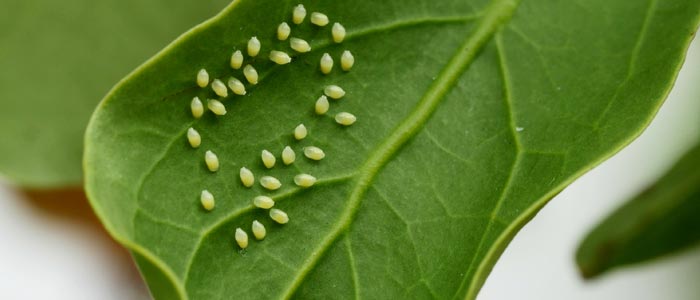
Aphids live only about a week, but a mature female can reproduce rapidly. The tiny sucking pests, often found growing en masse on the underside of leaves, emit a sticky substance that draws ants and attracts sooty mold. Control aphids with neem oil or insecticidal soap.
Our suggestions: Wilson BUG-X OUT and FLY OUT products, Green Earth Insecticidal Soap.
2.Thrips
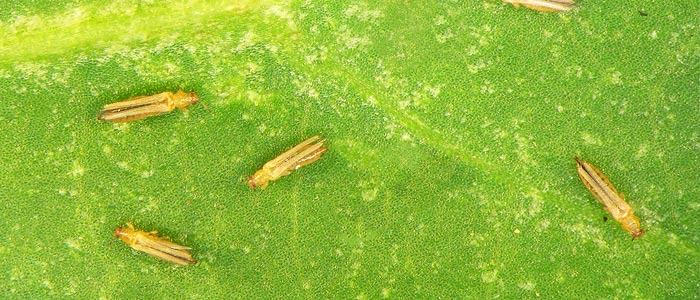
Thrips are tiny flying insects with fringed wings. The sap-sucking insects discolor and distort nearly any type of plant. They leave tiny black specks of excrement on the leaves and often create white patches on leaves and petals. Thrips are difficult to control and often require a combination of methods such as sticky traps and insecticidal soap or neem oil.
3.Spider mites
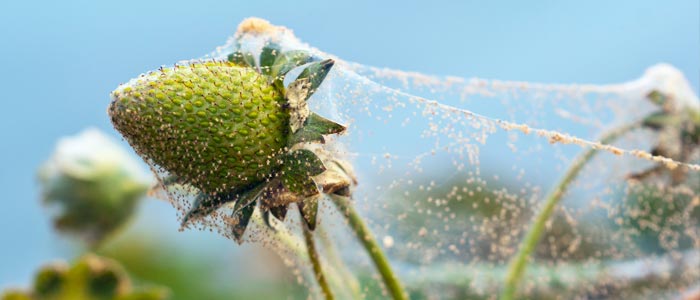
Spider mites are difficult to see with the naked eye, but they are easily recognized by the fine webs. The pests cause streaking, spotting and discolored leaves that may fall off the plant if not controlled. Neem oil and insecticidal soap are effective. Water properly, as mites are drawn to dry, dusty conditions.
Our suggestions: Wilson BUG-X OUT Insecticidal Soap, Wilson FLY OUT House Insect Killer, Green Earth Insecticidal Soap or Horticultural Oil.
4. Leaf miners
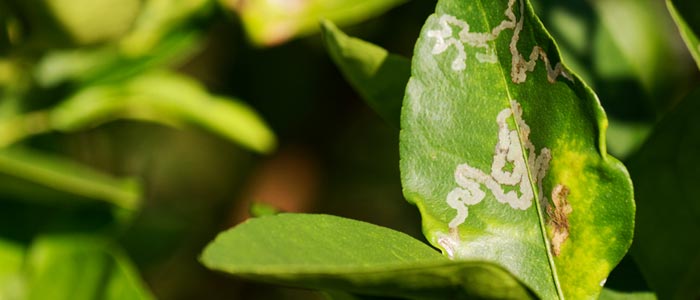
Leaf miners are the larvae of various pests, including moths, flies, and beetles. Although the larvae create trails and blotchy areas as they feed on the leaves, they are relatively harmless and usually, no treatment is necessary. Sticky traps will catch egg-laying adults and insecticidal soap may help if control is needed.
5. Scale
Scale damage can be devastating, as the tiny pests suck out the sweet nectar. There are two types of scale: hard scale, found primarily on woody tissue such as branches, trunks and twigs; and soft scale, which has a waxy protective covering. Control can be difficult, but neem oil works well by suffocating the pests. Regular use of insecticidal soap is also effective.
Our suggestions: Wilson BUG-X OUT or Green Earth Insecticidal Soap, Green Earth Horticultural Oil.
6. Whiteflies
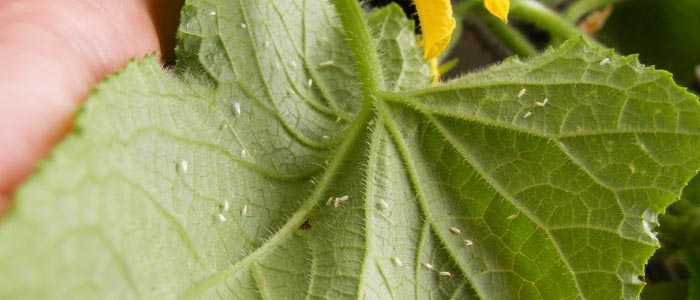
Whiteflies are yet another type of sap-sucking pest. Small numbers are relatively harmless but large infestations can cause yellow or dry leaves that may fall off the plants. Like other sap-sucking pests, the sweet substance created by whiteflies attracts ants and sooty mold. To control whiteflies, try sticky traps and insecticidal soap or neem oil.
Our suggestions: Wilson BUG-X OUT products, Wilson FLY OUT House Insect Killer, Green Earth Insecticidal Soap or Horticultural Oil.
7. Earwigs
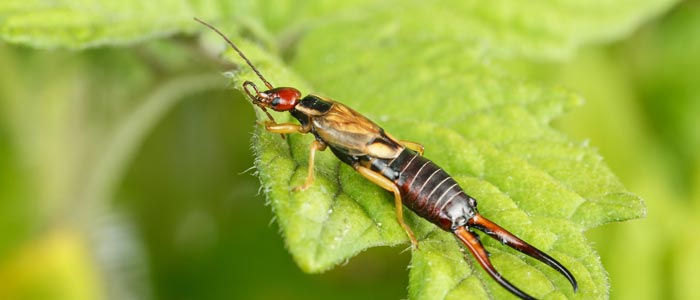
Earwigs are mostly beneficial, but they can be harmful when they feed on vegetables and certain other plants, including mums, clematis and dahlias. Earwigs are easy to trap with short lengths of garden hose, or in tuna cans with cooking oil. You can also cut a tiny hole in the side of a cardboard box baited with a small amount of oatmeal. Keep the area free of debris, as earwigs hide in cool, moist areas.
Our suggestions: Wilson BUG-X OUT or Green Earth Insecticidal Soap, Wilson FLY OUT or CRAWL OUT products.
8. Cutworms
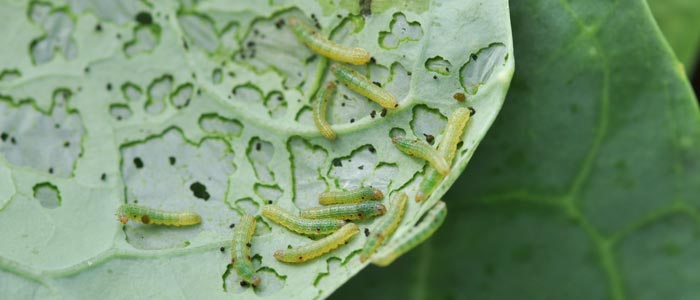
Cutworms are the larval stage of certain moths. The destructive pests hide under leaves or other plant debris, emerging to lay masses of eggs on plants. They eat nearly anything in their paths, often cutting through stems of young plants at ground level. Remove plant debris. Pick off the pests by hand in late afternoon or evening. Create barriers with cardboard collars or gritty substances like eggshells, coffee grounds, or diatomaceous earth. Encourage birds to visit your garden.
Our suggestions: Wilson BUG-X OUT Insecticide-Miticide with 50% malathion, Wilson BUG-X OUT Tree & Garden Insect Killer.
For more information, read How to treat cutworms in the vegetable garden | Wilson Control
9. Fungus gnats

Fungus gnats are tiny, annoying pests that wreak havoc on houseplants or in gardens or greenhouses. The swarms of flying insects are annoying, but it’s the larvae that does the most harm by eating plant roots. Fungus gnats may also carry disease from plant to plant. Control adults with bright yellow sticky traps and/or insecticidal soap.
Our suggestion: Wilson FLY OUT House Insect Killer.
10. Mealybugs
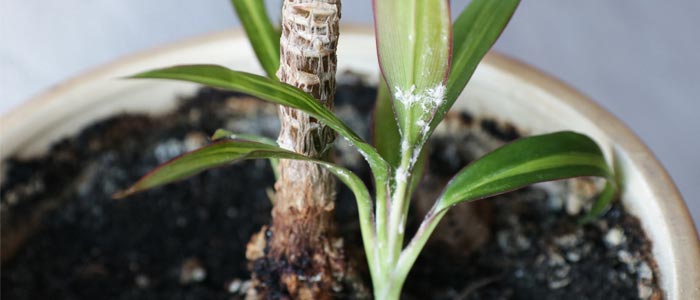
Mealybugs are common both indoors and outdoors, where they cause stunted growth, withering and yellowing of plants. The pests are easily recognized by the cottony protective covering. Insecticidal soap works well against the pests. Light infestations on indoor plants can also be removed with a toothpick or a cotton swab dipped in rubbing alcohol.
Our suggestions: Wilson BUG-X OUT or Green Earth Insecticidal Soap, Wilson BUG-X OUT Insecticide-Miticide with 50% malathion, Wilson FLY OUT products, Green Earth Horticultural Oil.

